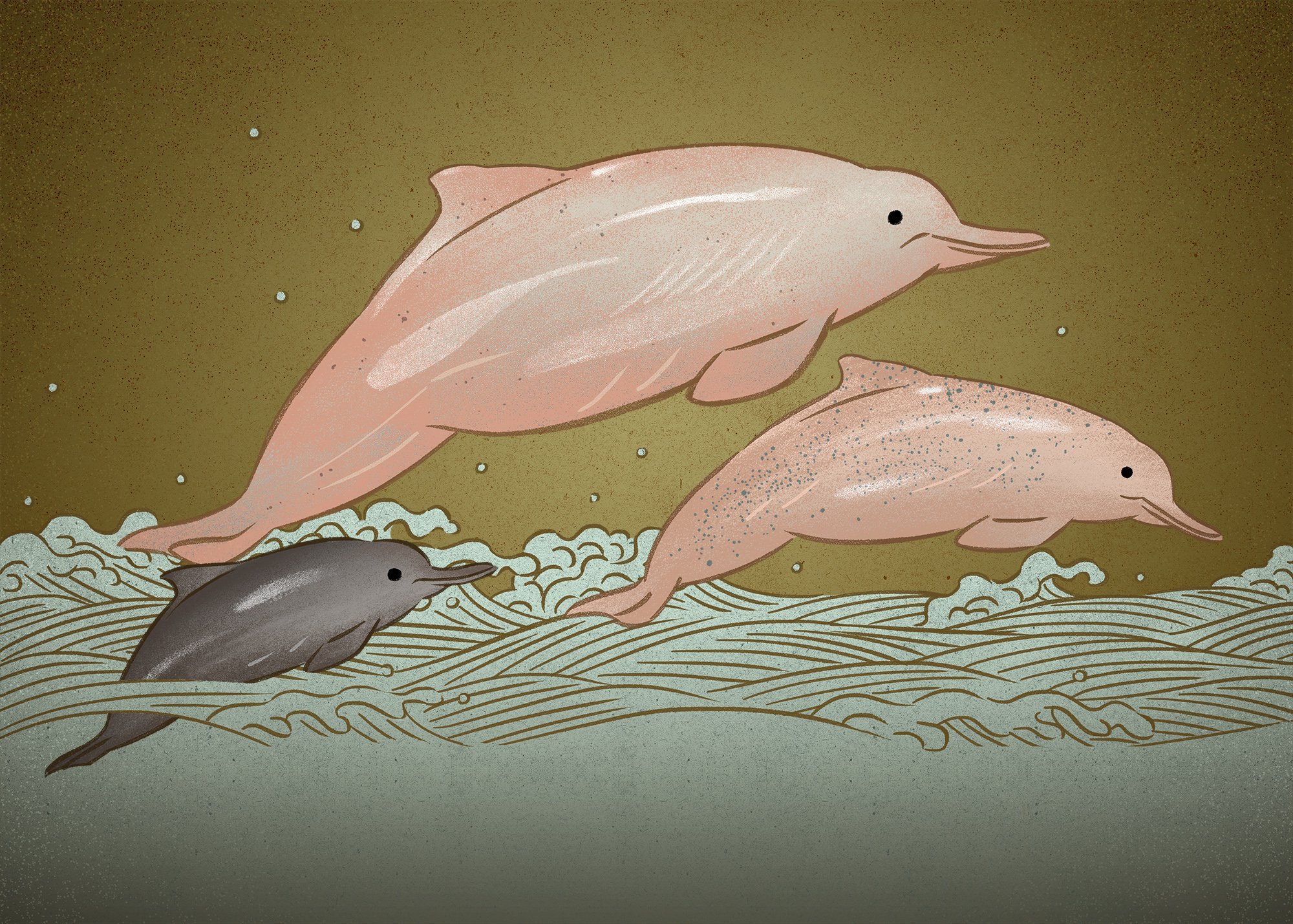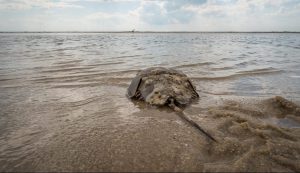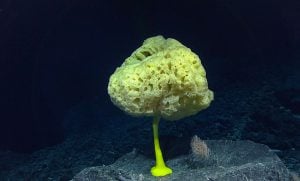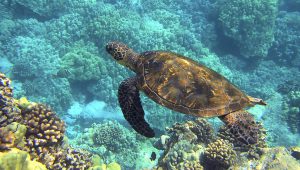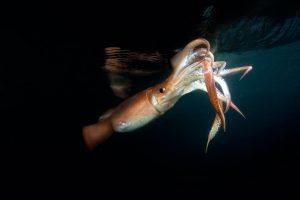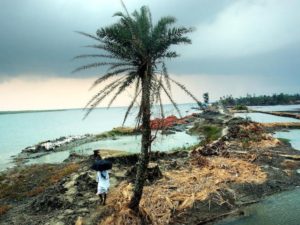Chinese people have long studied and used marine biodiversity and resources. Three centuries ago, Nie Huang, a Qing dynasty painter and wildlife enthusiast, created the Haicuotu (“Book of ocean creatures”) – a collection of 236 marine animal illustrations. Despite some inaccuracies and the inclusion of legendary creatures, the work is still valuable for our understanding of the historical marine environment and how it was utilised.
Today, modern technology combined with years of research and analysis has given us a more accurate view of China’s coastline and the world below the ocean surface. Over 20,000 animal and plant species have so far been recorded in Chinese waters, in habitats ranging from coastal shoals to the deep sea. Such ecosystems provide important services. For example, mangrove forests provide a home for countless birds, invertebrates and fish at river mouths in southern China, while also acting as crucial buffer zones for coastal areas, reducing the force of the sea, preventing water and soil loss, and absorbing pollution. Other marine ecosystems, such as coral reefs and kelp beds, are cradles for marine biodiversity too.
Unfortunately, China’s marine environment has seen huge changes over recent decades. Since the 1950s, China has lost 57% of its temperate coastal wetlands, 73% of its mangrove forests and 80% of its coral reefs due to land reclamation, infrastructure projects, invasive species, inshore aquaculture and pollution. Migratory birds, coral reef fish and turtles have lost important habitat. Overfishing and the illegal trade in wildlife have made the large yellow croaker and humphead wrasse rare, while populations of hawksbill turtle, giant clam and Japanese red coral are being exploited unsustainably. Marine plastics pollution has also become an issue, affecting the habitats of species such as the Indo-Pacific humpbacked dolphin and spotted seal.
To raise awareness of the value of the marine environment and its biodiversity, WWF, the One Planet Foundation and the Publicity and Education Centre of China’s Ministry of Natural Resources have drawn inspiration from the Haicuotu to create a new collection of illustrations of China’s marine life – the Haibaotu (“Map of ocean treasures”). The collection, published today (8 June) to mark World Oceans Day, concentrates on 35 marine animals that are either on the IUCN Red List or protected in China. It calls for greater ocean protection by demonstrating the richness and variety of China’s ocean, the beauty and wonder of its marine life, and the threats these animals face.
Some of the species shown here are emblematic of China’s ocean. For example, the 2,000 Indo-Pacific humpbacked dolphins living at the mouth of the Pearl River form the world’s biggest population. However, habitat loss and degradation due to coastal development and fishing bycatch is shrinking their numbers by 2.5% a year. In 2017, the IUCN classed the species as “vulnerable”, meaning wild populations are at a high risk of extinction. To reduce or eliminate the threats they face, we must take urgent steps to protect them and their habitats.
If we are to stop the decline of the ocean, we need every part of society to work together to support the creation of a network of reserves, develop sustainable fishing and seafood supply chains, reduce the manufacture of single-use plastics, promote recycling, and reduce business carbon emissions to mitigate climate change. WWF and the One Planet Foundation hope that by 2030 the world will achieve the target of ensuring at least 30% of coastal and ocean ecosystems are protected and well managed, and that sustainable seafood production doubles to help arrest and reverse biodiversity loss and set the ocean on the road to recovery.
The 15th Conference of the Parties to the Convention on Biological Diversity – originally due to be held in Kunming in October, but now likely to take place next year – is an opportunity for countries to set ambitious biodiversity targets for 2030. As host of this important meeting, China should play a leading role in forming international policy, setting global targets and developing a sustainable marine economy, both at home and as part of the Belt and Road Initiative, to protect our precious ocean treasures.
